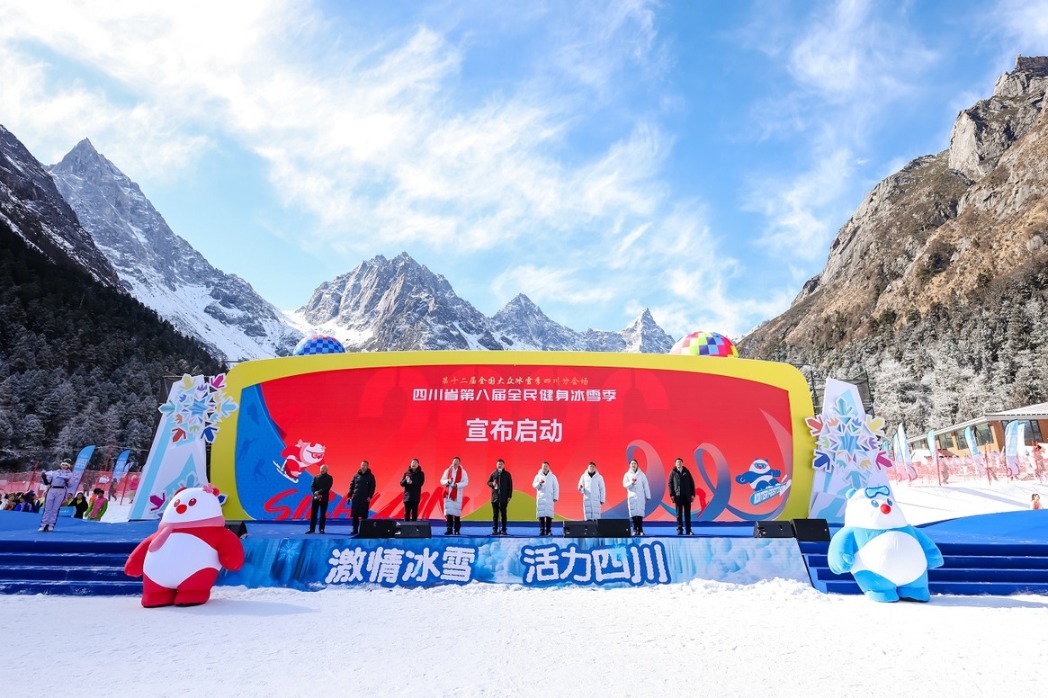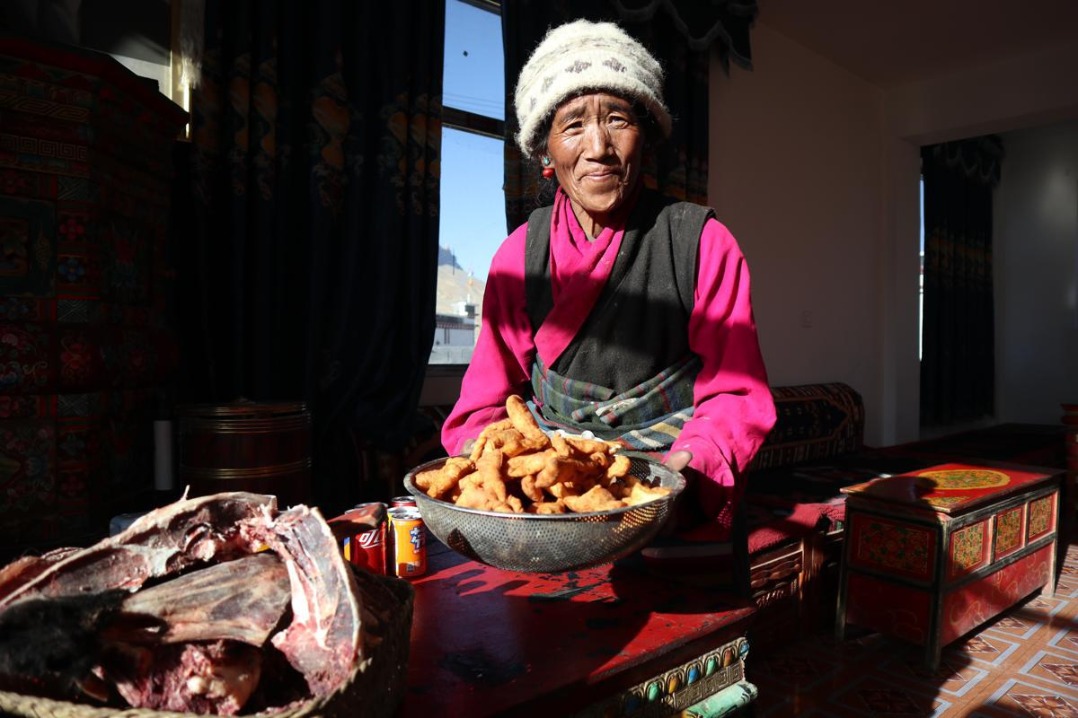Inheritor innovates to keep cloth relevant
Ma Linqin strives to make linen more versatile to fit modern lifestyles


A young inheritor of Chinese textile art is breathing new life into the intangible cultural heritage in Southwest China's Chongqing.
Chinese linen, or xiabu — literally "cloth for summer" — is a traditional handmade textile made from China grass, also known as ramie. Being hailed as the "king of natural fibers", the linen is comfortable, durable and easy to wash. It's also delicate, yet not as fragile as silk.
A variety of xiabu was developed in what is now Chongqing's Rongchang district during the Han Dynasty (206 BC-AD 220). Royals and nobility during the Tang Dynasty (618-907) liked wearing the linen during the summer months. It was one of the first products to be exported from the region in the 20th century, with an annual output of around 700,000 bolts.
According to the district's commission of commerce, it now exports about 3 million bolts of xiabu annually overseas, of which 40 percent is sold to South Korea. Over the past three years, 13 xiabu manufacturing companies in Rongchang have exported goods worth more than 50 billion yuan ($6.93 billion).
In 2008, the Rongchang xiabu craft was listed as a national cultural intangible heritage. A historical area with vibrant culture and unique traditions, the district has also produced two other national cultural intangible heritages — Rongchang pottery making and the Rongchang folding fan craft.
"Sustaining intangible cultural heritages requires responsibility and perseverance," said 37-year-old Ma Linqin, a municipal-level inheritor of Rongchang xiabu craftsmanship.
Born in a family that has worked in the xiabu industry for three generations, Ma's interest in the fabric was sparked when she was a child, and she gradually learned the craft.
In 2010, Ma decided to return home shortly after graduating from college to work at her family's business — Chongqing Rongchang Denan Linen Textile, one of the pillar xiabu companies in the area.
It takes more than 10 procedures-including ramie fiber reaping, thread twisting, starching, reeding, weaving, bleaching and dyeing — over a period of about 20 days to make a piece of ramie cloth, Ma said.
- Ex-Gansu vice-governor convicted of bribery, insider trading
- Shenzhen's innovative companies display their latest tech and products to a global audience
- Beijing slams Tokyo's security documents revision plan
- China's central bank signals flexible policy tools to guide financial growth
- New minerals discovered in the world's largest rare earth deposit
- Employers encouraged to enrich workers' cultural, sports, entertainment activities





































